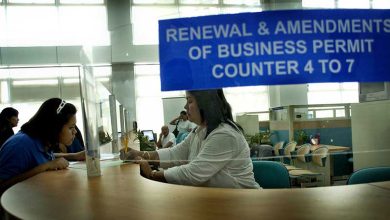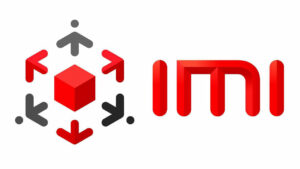Automation of credit systems

Ever wondered how some credit card companies are able to promise one- to two-day processing time for approval? In fact, many credit card companies have made applications easier by offering online applications where, in some cases, approval can happen in minutes. The key is the credit score. Assuming the data is reliable, a machine will calculate one’s score and provide recommendations on approval of products like mortgages, personal loans and credit cards, and the interest rates to pay.
A credit score depicts a consumers’ credit worthiness. It is based on your credit history, which includes information like the number of accounts, total levels of debt, repayment history, types of loans, length of credit transactions, debt utilization and whether you applied for new accounts.
Credit scores are computed based on a model that determines the correlation of the factors cited with probabilities of default. In the 1960’s, Fair & Isaac developed statistical models to measure default risk for individual borrowers. Today, these are the US FICO credit scores collected for the consumer public. The basic concept behind these models is to calculate default risk from key financial risk factors by using data that are intended to separate good credit risks from bad ones. Borrowers are sorted into different risk classes based upon single or multiple variables to predict the likelihood of future default.
When multivariate assumptions are used, multiple data factors are combined and statistically weighted to render automated credit decisions. Among the models that are commonly used to estimate default probabilities for individual borrowing transactions are discriminant analysis, linear probability, and logit models. With the advent of artificial intelligence, most likely some features are modified through algorithms that constantly update the models.
In the US, there are major credit reporting agencies that update, store, and publish consumers credit histories. Everyone can check his/her credit score. Lenders use it to decide on credit products. Prospective employers check it to see the reliability of the employee. Service providers and utility companies check it to decide on the need for a deposit.
In the Philippines, credit scoring is handled by the Credit Information Corp. or CIC. It is the only centralized registry of credit data in the country and is governed by a law. The problem is only 47% of Filipino adults have borrowed money and as much as 80% of Filipinos don’t have credit history. Without a financial footprint, there is no credit score that can be computed.
Just the same, financial institutions will develop their own credit scoring systems using either their own data or substitute/surrogate information. Banks and other institutions have devised expert credit grading and credit default scoring models, or a combination of both, to facilitate decision making on loan applications. Expert judgment is the traditional credit approach and one which is subjective in nature. But efficiency demands more extensive use of statistical credit scoring models.
Note that automation and statistics may be useful for consumer loans and individual applications where it sees straightforward applications. Corporate loans have also been subjected to statistical review, but under a more complex system focused upon credit risk portfolio management. Credit analysis and the creation of internal credit risk rating is at the heart of credit risk portfolio management. The quantification of a judgment about the risk of a creditor or an obligor is evidenced by a risk rating or a debt rating.
The individual aiming to secure a positive credit score to secure approval of a loan application must build a credit history that has components widely used by the credit scoring agency or the bank itself. These factors include payment history, accounts owed or credit utilization, length of credit history, and types of credit availed of.
Thus, one must develop a good track record and retain accounts that have been set up towards a long-standing relationship with a financial institution. Always pay bills and loans on time. Credit utilization looks at how much credit you are using compared to your credit limit. Keeping this ratio low by not maxing out your credit cards, for example, will increase your score. Having different kinds of credit accounts shows you are capable of handling various financial responsibilities. Opening several new accounts in a short period is not usually a good sign.
It pays to be aware of the many traces or tracks your financial transactions leave behind. These will constitute one’s financial footprint the imprints of which are easier to review today in an increasingly digital world. These will be available for validation and tracing, so it is better to keep a close inventory to secure the future of your significant financial decisions.
The views expressed herein are his own and does not necessarily reflect the opinion of his office as well as FINEX.
Benel Dela Paz Lagua was previously EVP and chief development officer at the Development Bank of the Philippines. He is an active FINEX member and an advocate of risk-based lending for SMEs. Today, he is independent director of progressive banks and of some NGOs.




